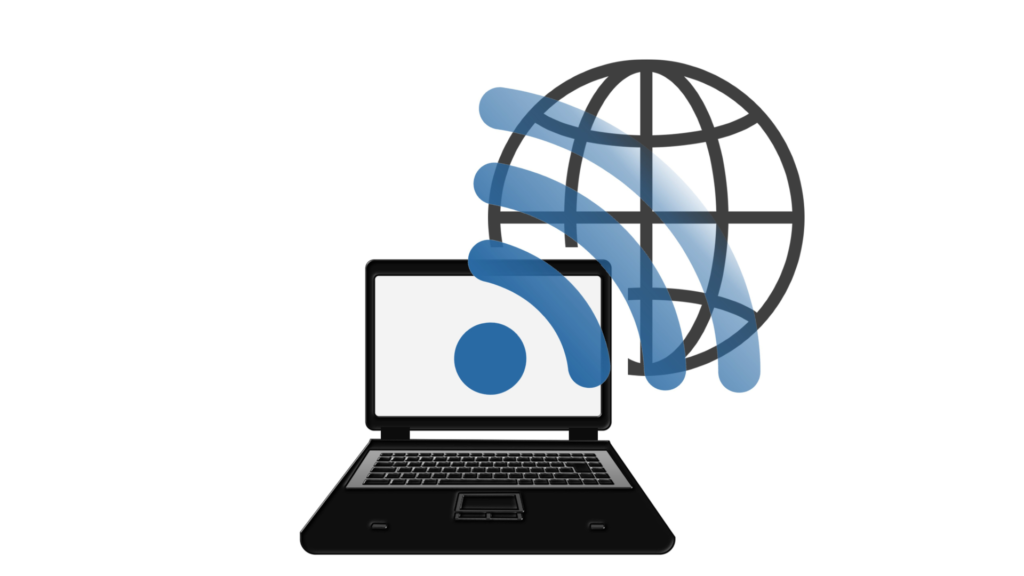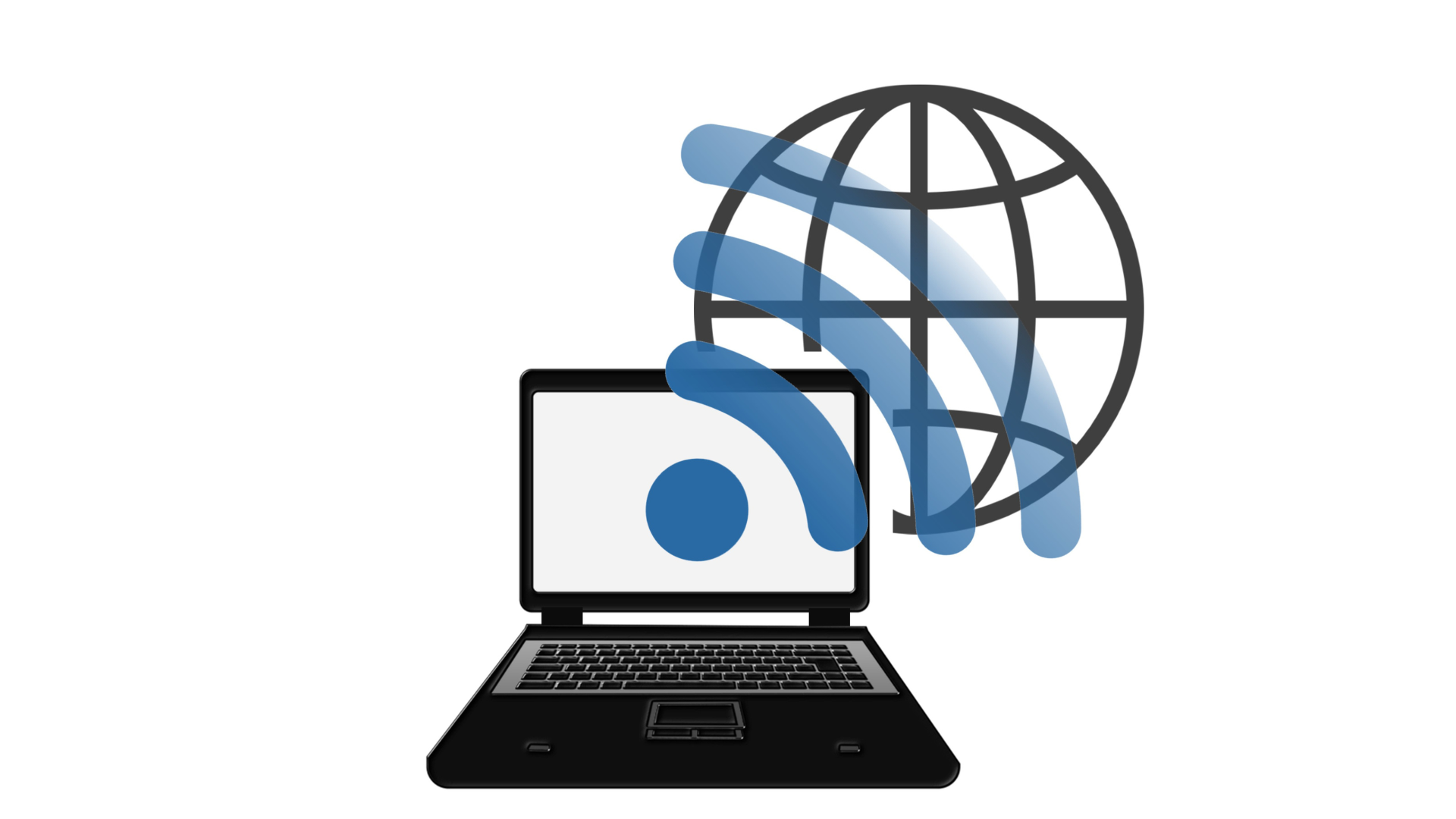Wi-Fi—it’s not just about connectivity anymore. It’s about personality, humor, and even security. Have you ever stopped to consider what your Wi-Fi network name says about you? From witty puns to obscure references, the names we choose for our wireless networks can reveal more than we realize. Join us as we explore the fascinating world of Wi-Fi habits and uncover the hidden meanings behind those clever network names.

Exploring the World of Wi-Fi Names
The Power of Personalization
When you first set up your Wi-Fi router, you’re often greeted with a default name that lacks any personal touch. But why settle for something bland when you can inject a bit of personality? According to our research, 40% of people choose to personalize their Wi-Fi names, adding a touch of flair to their networks.
Witty and “Punny” Wi-Fi Names
Some take personalization to the next level, infusing their network names with humor and creativity. Whether it’s a clever pun or a nod to pop culture, these names showcase the wit and ingenuity of Wi-Fi users around the world.
A Global Phenomenon
From the United States to Germany, Wi-Fi users everywhere are embracing the art of the clever network name. Each country brings its own unique flavor to the table, with names that reflect cultural nuances and local humor.
The Allure of Amusing Names
More Than Just a Laugh
But funny Wi-Fi names aren’t just for show. Our research reveals that a significant portion of users are more likely to join a network if its name tickles their funny bone. In fact, 15% of respondents admit to seeking out the owners of amusingly named networks just to personally compliment them on their creativity.
The Dark Side of Disclosure
However, it’s essential to tread carefully when choosing a Wi-Fi name. What may seem innocent at first glance could inadvertently reveal sensitive information to potential threats. Hackers can exploit router names to gather personal details or deceive unsuspecting users into connecting to malicious networks.
Navigating the Wi-Fi Sharing Dilemma
Sharing vs. Security
While sharing your Wi-Fi password may seem like a friendly gesture, it comes with its own set of risks. Our survey reveals that while many are willing to share their passwords, a significant number express concerns about data security and privacy breaches.
The Neighborly Conundrum
Trust is a scarce commodity when it comes to Wi-Fi sharing, with over 50% of respondents expressing distrust towards their neighbors. Unauthorized access to Wi-Fi networks is a common occurrence, raising concerns about digital boundaries and personal data security within local communities.
Strengthening Wi-Fi Security
Closing the Gap
Despite growing awareness of online security risks, many users are still neglecting fundamental security measures for their Wi-Fi networks. From lack of encryption understanding to infrequent password updates, there’s a significant gap that needs to be addressed.
Top 11 Tips for Wi-Fi Security
To safeguard yourself in both home and public Wi-Fi networks, it’s crucial to adopt the appropriate security measures. From changing default passwords to using VPNs, here are our top recommendations for fortifying your Wi-Fi habits.
FAQ
1. Are funny Wi-Fi names really a security risk?
Yes, while they may seem harmless, funny Wi-Fi names can inadvertently reveal personal information to potential threats, making users vulnerable to cyberattacks.
2. How can I protect my Wi-Fi network from unauthorized access?
Changing default passwords, enabling strong encryption, and regularly updating router firmware are essential steps to safeguarding your Wi-Fi network from intruders.
3. Is it safe to share my Wi-Fi password with friends and family?
While sharing your Wi-Fi password is common, it’s crucial to be mindful of potential security risks and only share it with trusted individuals.
4. What is the role of VPNs in Wi-Fi security?
VPNs encrypt your internet traffic, ensuring that even if someone intercepts it, they won’t be able to decipher your data, providing an additional layer of security when accessing Wi-Fi networks.
5. How can I learn more about strengthening my Wi-Fi security?
For comprehensive guidance on fortifying your Wi-Fi habits and protecting your digital world, visit ForestVPN for expert tips and resources.
Configuring HAProxy on pfSense
Configuring HAProxy on pfSense involves editing the HAProxy configuration file, which is typically located at /usr/local/etc/haproxy/haproxy.cfg. This file contains directives that define how HAProxy should behave, including frontend and backend configurations, load-balancing algorithms, SSL settings, and more.
To configure HAProxy on pfSense, follow these steps:
- Accessing the Configuration File: Connect to your pfSense firewall and navigate to the Diagnostics menu. Then, select Edit File and enter the path to the HAProxy configuration file (
/usr/local/etc/haproxy/haproxy.cfg). This will open the configuration file in a text editor. - Configuring Frontend and Backend: Within the configuration file, you’ll define frontend and backend sections to specify how incoming traffic should be handled. In the frontend section, you’ll define listening ports, SSL settings, and ACLs (Access Control Lists) if needed. The backend section defines servers, load-balancing algorithms, health checks, and other parameters.
- Defining ACLs and Conditions: HAProxy allows you to define ACLs to control traffic based on various conditions such as source IP addresses, HTTP headers, or URL paths. You can use ACLs to route traffic to different backend servers or apply different actions based on specific criteria.
- Enabling SSL Termination: If you’re terminating SSL/TLS connections at the HAProxy instance, you’ll need to configure SSL settings in the frontend section, including specifying SSL certificates and enabling SSL termination.
- Configuring Load Balancing: HAProxy supports various load-balancing algorithms such as round-robin, least connections, or source IP hashing. Choose the appropriate algorithm based on your requirements and configure it in the backend section along with server definitions.
- Testing and Validation: Once you’ve made changes to the configuration file, save the file and restart the HAProxy service to apply the changes. It’s essential to thoroughly test the configuration to ensure that traffic is being routed correctly and that SSL termination, if applicable, is functioning as expected.
By following these steps and carefully configuring the HAProxy settings in the pfSense environment, you can effectively load balance and manage incoming traffic to your network infrastructure.
Remember, for enhanced security and privacy when accessing your pfSense firewall or any network resources, consider using ForestVPN. ForestVPN encrypts your internet traffic, protecting your data from interception and ensuring a secure connection to your network resources.


